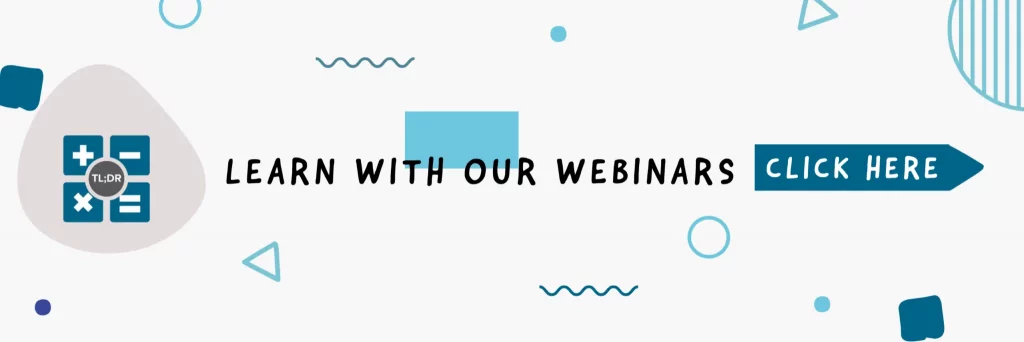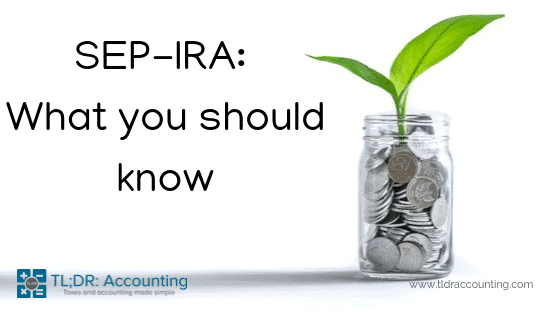Have you established a SEP-IRA and are wondering if you’re doing it right? Or perhaps you’re considering establishing a SEP-IRA for you and your employees.
Or maybe you’ve never heard of it or otherwise don’t know what a SEP-IRA is. Don’t worry, we’ve got you covered.
What Is a SEP-IRA?
Let’s start by spelling out the cumbersome acronym: SEP-IRA stands for Simplified Employee Pension – Individual Retirement Account. You’ve probably heard of IRAs before, but even if you haven’t, here are some basic facts about IRAs and SEP-IRAs:
- First, let’s talk about the two different types of IRAs and their critical differences:
- Both kinds of IRAs, as individual retirement accounts, allow individuals to contribute their own money to a retirement plan. You can contribute up to $6,000 per year to an IRA, or $7,000 if you’re over 50.
- Traditional IRA: Contributions are tax-free, but you have to pay taxes at ordinary income rates when you pull money out of a Traditional IRA (plus penalties if you’re under age 70 ½, as of 2019).
- Roth IRA: Contributions are after-tax. Which is to say, you just put money from your checking account (which you’ve already paid payroll tax and withholding on) directly into the Roth IRA. When you pull money out of a Roth IRA at 70 ½, it does not trigger any taxes because these funds have already been taxed.
- In short, Traditional IRAs can be better because your retirement account grows pre-tax which means it will grow faster. Roth IRAs can be useful if you expect you’ll still be working at 70 ½ (don’t we all?) and if you expect your marginal tax rate will be higher at that age. Still, your contributions won’t grow as fast.
- Now that we’ve covered the differences, SEP-IRA plans are always Traditional IRAs. Let’s talk about some special facts about SEP-IRAs:
- A SEP-IRA is set up by an employer or a self-employed person, and they allow employers to contribute to their employees’ retirement accounts.
- SEP-IRAs are simple. If they don’t seem simple to you, that’s understandable, but for comparison go ahead and look up the requirements for a 401(k) plan.
- Contributions to your own and to your employees’ retirement accounts are tax deductible, just like a Traditional IRA. Just keep in mind that each IRA owner will have to pay tax on their own distributions when they reach retirement age (70 ½).
- SEP-IRA contributions are discretionary. If you’re having a bad year, you are not required to contribute to SEP-IRA accounts. This is not true of 401(k)s.
- If you’re feeling like the Santa Claus of retirement, keep in mind that you’re not allowed to contribute more than 25% of an employee’s salary or $56,000 (whichever is smaller) to a SEP-IRA.
When a SEP-IRA Is Not For You
We’ve discussed mostly the “pros” of a SEP-IRA above, what are the reasons why you might not want one?
- You can’t use vesting as an employee retention tool. All SEP-IRA contributions are immediately vested.
- There is no option to take a loan from your vested IRA balance — this is something you can do with a 401(k).
- You are required to make proportional contributions to every employee every time you make a contribution to your own account. In other words, if you contribute 10% of your pre-tax income to your SEP-IRA, you must contribute 10% of each employee’s pre-tax income to theirs.
- You are unable to keep an employee out of your SEP-IRA plan based on hours worked. 401(k) plans have this option. This means that you will most likely be required to include part-time and seasonal workers in your retirement plan.
Because of all of these reasons, make sure to do some calculations ahead of time to see how much a SEP-IRA would actually cost you. Basically, you can add up everyone’s pre-tax income and multiply it by whatever percentage you would like in your own account.
If you have more than five employees, it can get very expensive to run a SEP-IRA.
How to Start a SEP-IRA
So, everything sounds good so far and now you’d like to start your own SEP-IRA. What are the steps?
- Find a SEP-IRA provider with a good reputation and reasonable fees.
- Your provider should be able to help you craft plan documents for your SEP-IRA.
- Make sure that each eligible employee receives the required disclosures, including this form.
- Open an account for each eligible employee. Remember, you are required to enroll every eligible employee.
- Administer your SEP-IRA by making discretionary contributions in equal proportion for every employee. Only the employer can contribute to an employee’s SEP-IRA, although employees can establish Traditional or Roth IRAs of their own if they like.
TL;DR: A SEP-IRA is a great way to start a retirement plan if you are in a solo operation or just have a few employees. If you have employees, make sure to calculate ahead of time how much a SEP-IRA will cost you.






